Can Dust Cause TV Problems? How Dust Might Ruin Your TV’s Lifespan
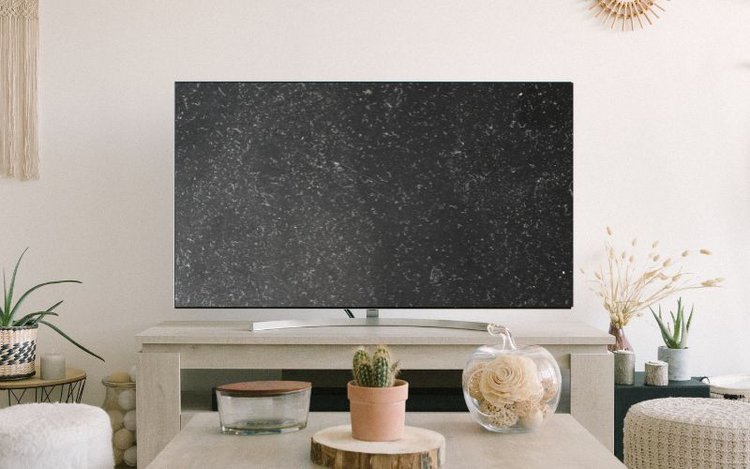
- Dust accumulation inside a TV can cause overheating, lower picture resolution, and muffled sound, potentially decreasing the unit’s lifespan.
- Prolonged dust build-up can lead to severe problems like electrical fires and significantly diminished resale value.
- Regularly cleaning your TV, especially the vents and built-in speakers, can prevent these issues and extend your device’s life.
Does the dust only make your TV look a little musty, or could it have greater consequences on your unit’s performance?
Can dust ruin a TV? If so, how? How can you clean a dusty TV?
Keep reading to find out!
Quick Navigation
Can Dust Ruin a TV?
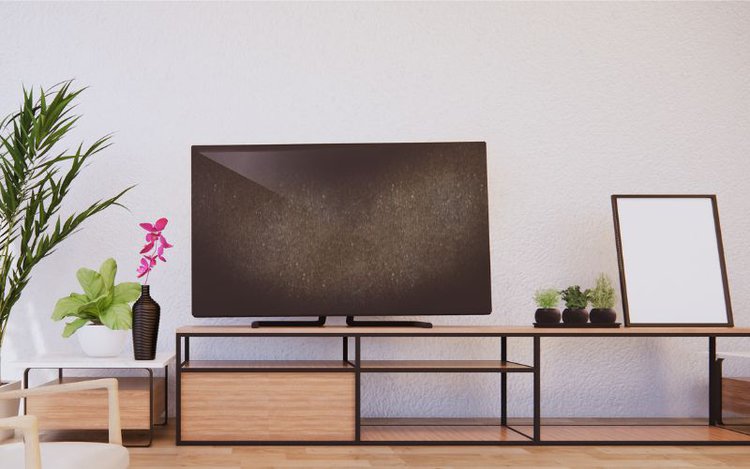
Yes, dust can ruin a TV.
Dust can absolutely ruin a TV, especially if found in large quantities.
The dust seeps into the TV’s vents and coats its internal hardware, which could affect the TV’s functions.
Though the effects of dust on your TV may not be immediately noticeable, you may start to notice your TV working slower and less efficiently than normal.
As the layers of dust build, your TV will slowly stop working.
Unfortunately, your warranty policy will not cover the cost of repair, leaving you with a dusty, broken TV that you’re solely responsible for fixing or replacing.
How Can Dust Damage Your TV?
There are several ways dust can damage your TV.
Dust can damage several of your TV’s internal and external components.
Your TV Could Overheat
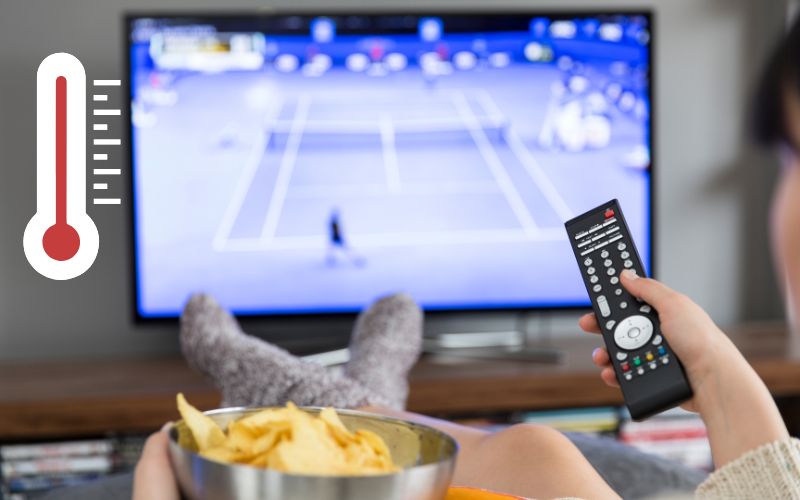
Do you notice that your TV feels very hot when turned on for an hour or so?
Dust often permeates the TV’s vents, making its way inside the TV. This blocks your TV’s air circulation process, keeping all the hot air inside the TV.
A thin layer of dust on the TV’s screen also increases the chances of it overheating, as the dust acts as a layer of insulation, preventing the TV’s heat from escaping.
This may cause your TV to lag, randomly shut off, or exhibit other strange behaviors.
Use a flashlight to peer inside the TV’s vents, commonly found on the side or back. If you see a few dust bunnies peering back at you, then it’s time to clean your TV.
Lower Picture Resolution
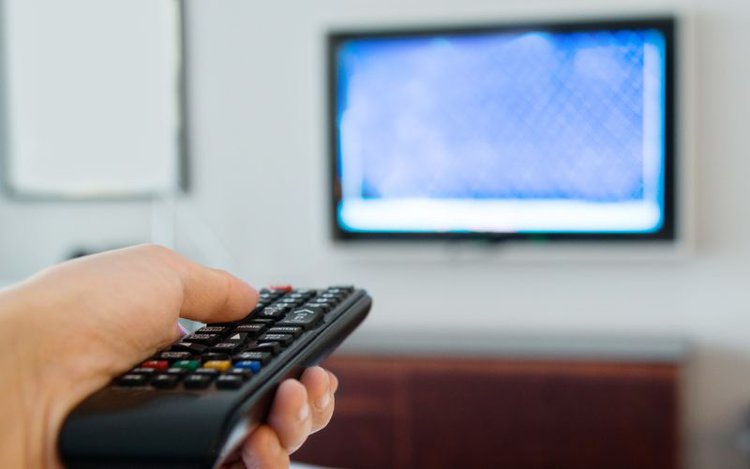
Dust can accumulate both on top of and beneath the screen.
This creates a thin film of muck atop the screen, blurring the picture. You may notice that your once 4K TV is beginning to look closer to HD.
Dust beneath the screen may significantly decrease your TV’s resale value since it’s extremely difficult to clean and may reduce the TV’s image quality and resolution, making the screen look permanently blurry.
You own a high-resolution TV, so why settle for 1080p?
Muffled Speakers
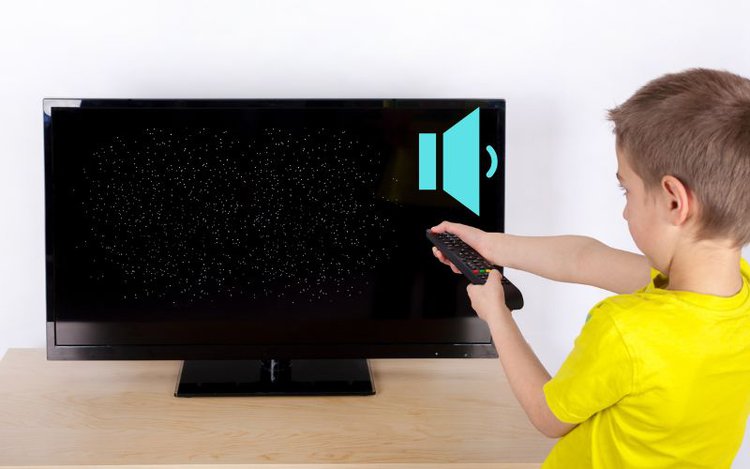
A TV’s speakers are characterized by hundreds of small pin-holes along the bottom, sides, or back of the unit.
The tiny holes are the perfect place for dust to settle into, muffling the sound. You may notice your TV’s speakers aren’t as loud as they used to be, or that the sound is distorted.
This could lead you to steadily increase the volume, which could blow your speakers.
You always have the option of purchasing external speakers, but the dust inside your TV will still need to be removed.
Decreased Lifespan
Your TV frequently overheating and exerting excessive energy to play sound through muffled speakers could decrease its lifespan.
Your TV will be working overtime to carry out basic functions and commands, which will wear down its internal hardware.
Not only does this mean you’ll have to buy a replacement TV sooner than expected, but you can also expect to only receive a fraction of the TV’s retail price should you decide to sell it. That is if you can convince anyone to buy it.
Increased Chance of Electrical Fire
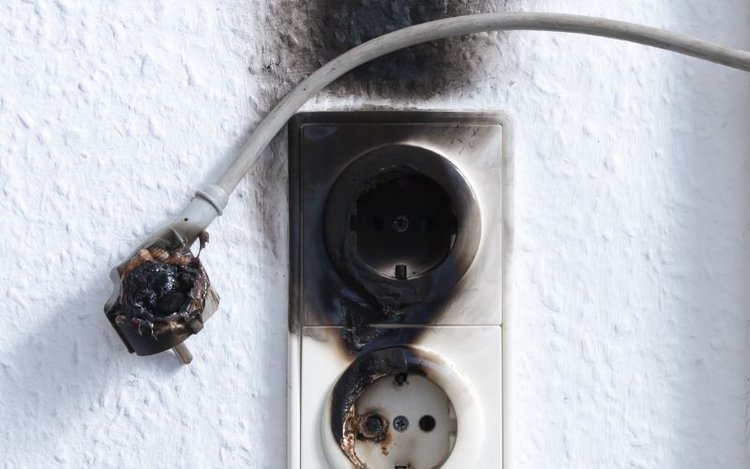
In severe cases, the dust inside your TV could cause it to short circuit.
Not only could this stop your TV from turning on and responding to commands, but it could also start a fire.
Electrical fires are extremely dangerous and quickly progress. You could notice the glint of a spark near your TV’s outlet one moment, and find yourself amidst flames the next.
This occurrence is more common than most people realize, but there’s a simple solution: clean the dust out of your TV.
How Do You Clean Dust Out of a TV?
Clean the dust out of your TV in a few simple steps!
If you search “How to clean dust out of a TV”, you’ll be met with several complex videos instructing you to take apart your LCD/LED TV to clean the internal hardware.
Don’t worry. It doesn’t have to be that complicated.
Let’s go over how to clean dust out of a TV, the easy way.
Materials Needed:
- A Microfiber Cloth
- Distilled Water (Optional)
- Spray Bottle (Optional)
- A Can of Compressed Air
Step 1: Prep Your TV
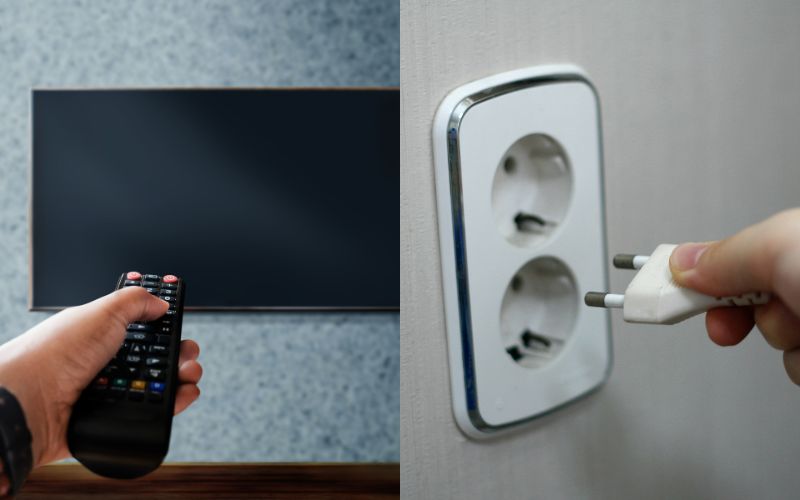
Dusty TVs can pose a fire hazard and quickly overheat, so it’s important to turn off and unplug your TV, and let it cool before cleaning it.
This allows you to freely clean and move your TV without accidentally powering it on, damaging it, or electrocuting yourself.
Once the TV has been cooled, you’re ready to start cleaning!
Step 2: Clean the Screen
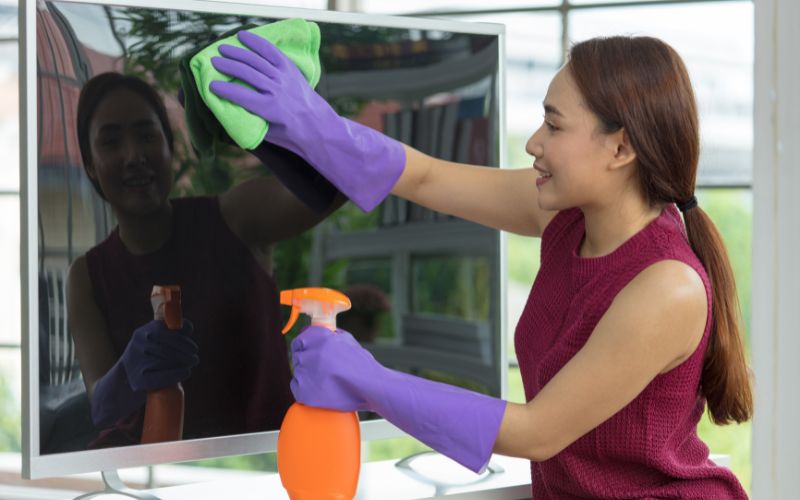
First, let’s tackle the TV screen.
Wipe away any dust using a dry microfiber cloth.
Try to wipe the dust off the screen rather than moving it around the screen to avoid scratching it. Make long swiping motions from one side of the screen to the other.
Be careful not to apply too much pressure when cleaning the screen to avoid cracking and damaging it.
You can also take this opportunity to wipe away any dust from the rest of your TV’s hardware.
If there are any imperfections that the dry microfiber cloth won’t remove, try using distilled water. Distilled water does not have the chemicals and minerals found in tap water, making it safe enough to use on your TV.
Pour a small amount of distilled water into a spray bottle. Spritz some distilled water on your microfiber cloth until lightly damp (not soaking wet) and use it to delicately remove any imperfections.
Use another, dry microfiber cloth to dry the screen.
Should you find any dust beneath your TV screen, consider using a can of compressed to gently remove the dust.
The video below has great tips and tricks on how to clean a TV screen.
Step 3: Clean the Vents and Built-In Speakers
Now that your screen is squeaky clean, it’s time to tackle the vents.
If your TV is mounted to the wall, you will need to carefully remove it from the mount and lay it face-down on a flat surface. We recommend laying down a towel or blanket to avoid scratching the screen.
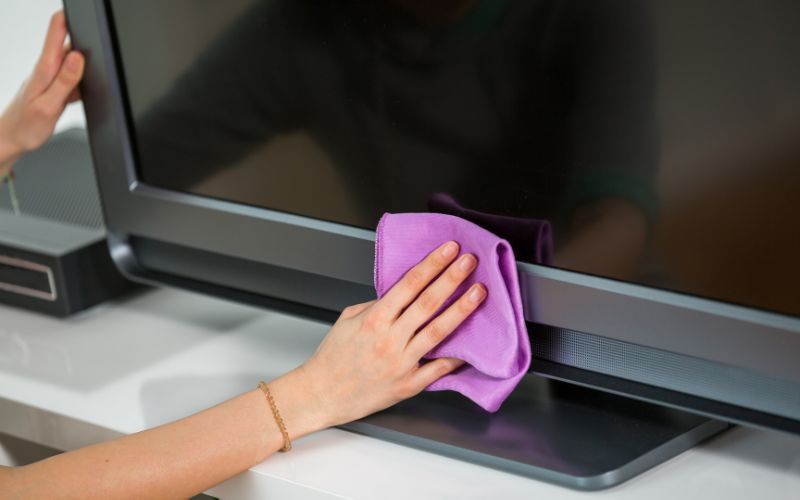
Find the vents and hold your can of compressed air several inches away from the TV. Spray the air onto the vents, removing the dust.
It’s best to spray at an angle to avoid blowing the dust deeper into the TV.
Then, blow any dust out of the speakers following the same technique used to clean the vents.
Once the vents are clean you’re ready to power up your TV!
FAQs
Does Dust Affect TV Sound?
Yes, dust affects a TV’s sound.
Dust clog’s the speaker’s pin-holes, trapping the sound inside of the TV. This creates a muffled effect, forcing you to crank up your TV’s volume.
As discussed, this can decrease your TV’s lifespan and resale value.
The solution? Clean your TV’s speakers!
Wrapping Things Up
You may dislike dust, but your TV detests it.
Dust could destroy your TV’s speakers and other internal components, costing you hundreds in repairs. In extreme cases, a dusty TV could even start an electrical fire.
Luckily, cleaning any dust out of your TV is a cheap and easy process, adding years to your TV’s life.
So, the next time you’re cleaning your home, give your TV a good wipe down. Don’t forget to clean its vents and speakers while you’re at it!
What’s your experience with dusty TVs? Did you know dust could damage your TV?
Let us know in the comments below!
Yesenia Achlim is a technical copywriter and editor with a focus on AV equipment. She aims to break down complicated topics and make technology accessible, no matter your technical expertise. When she’s not teaching you how to replace a projector lamp, you can find her reading and baking.

